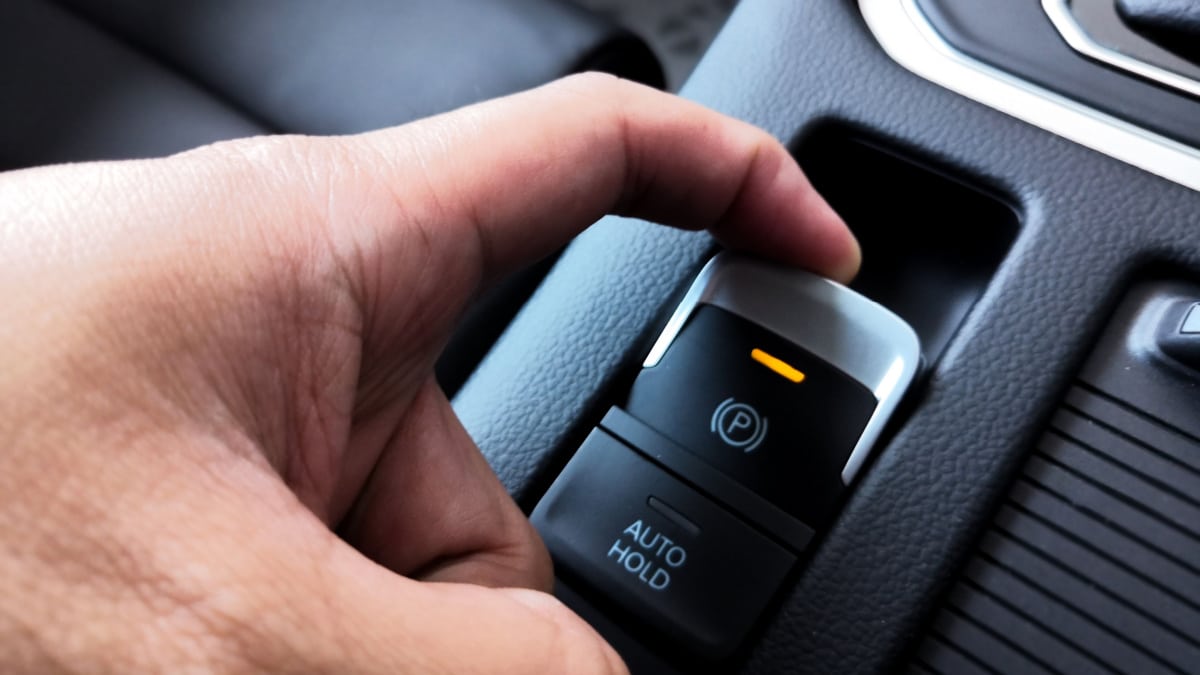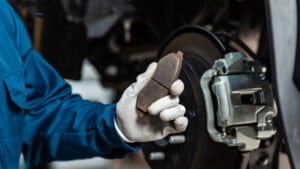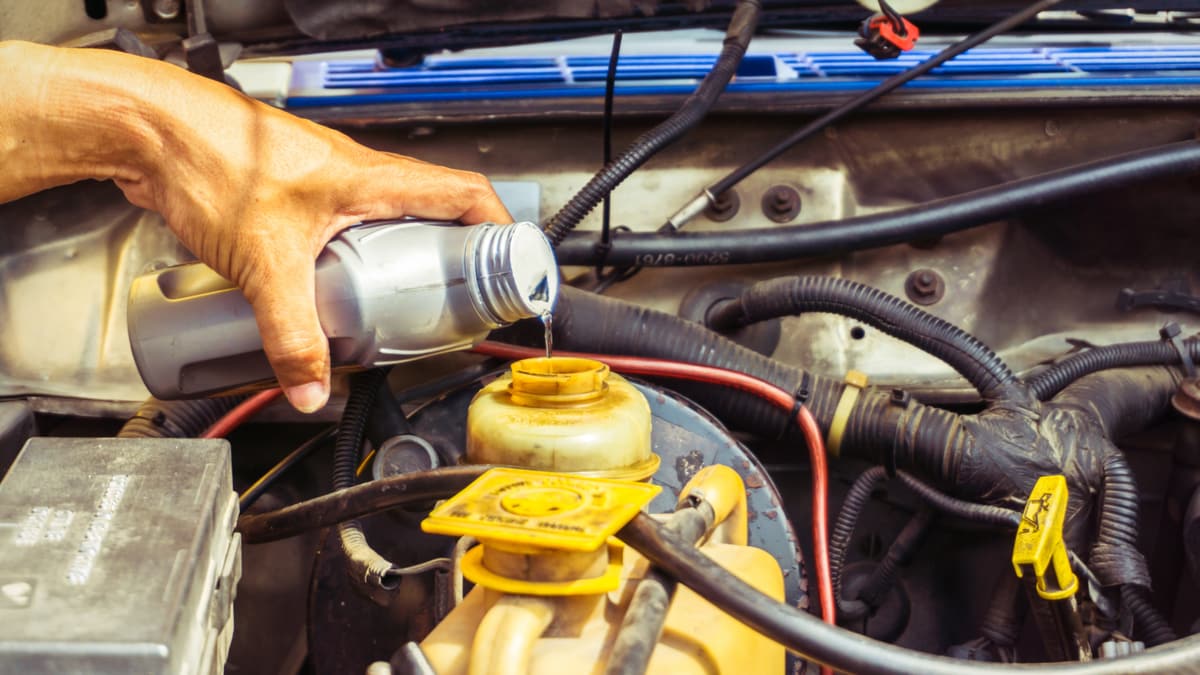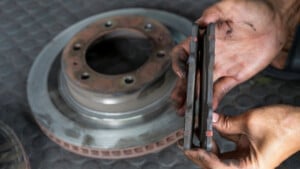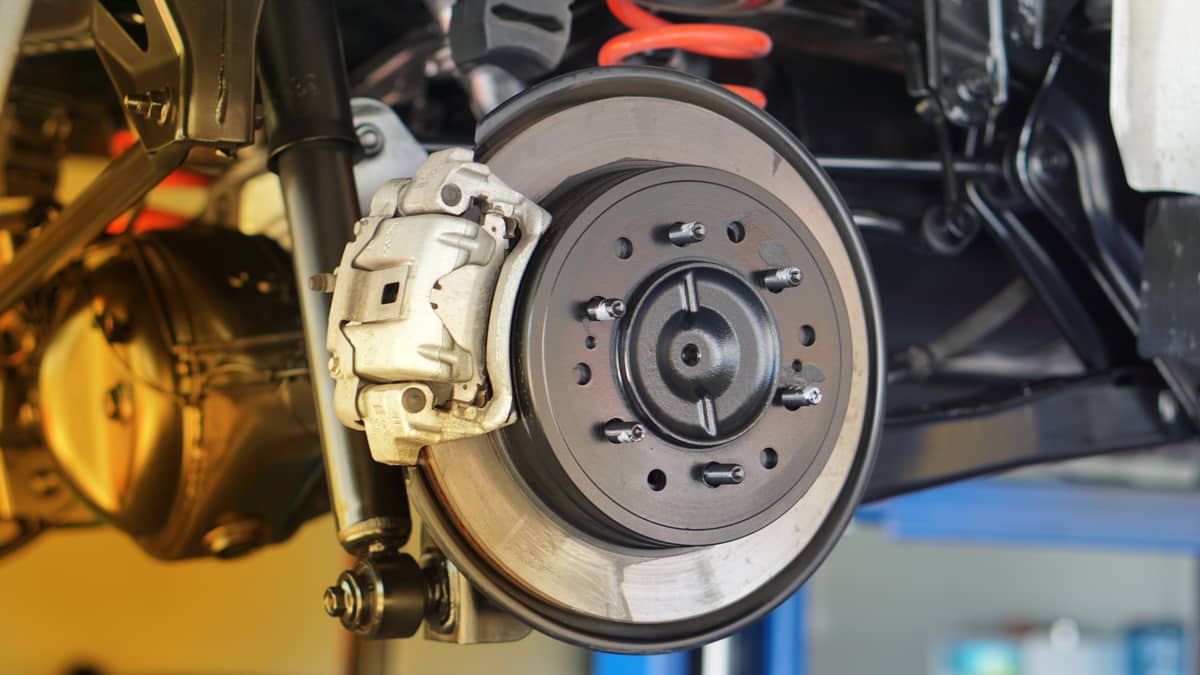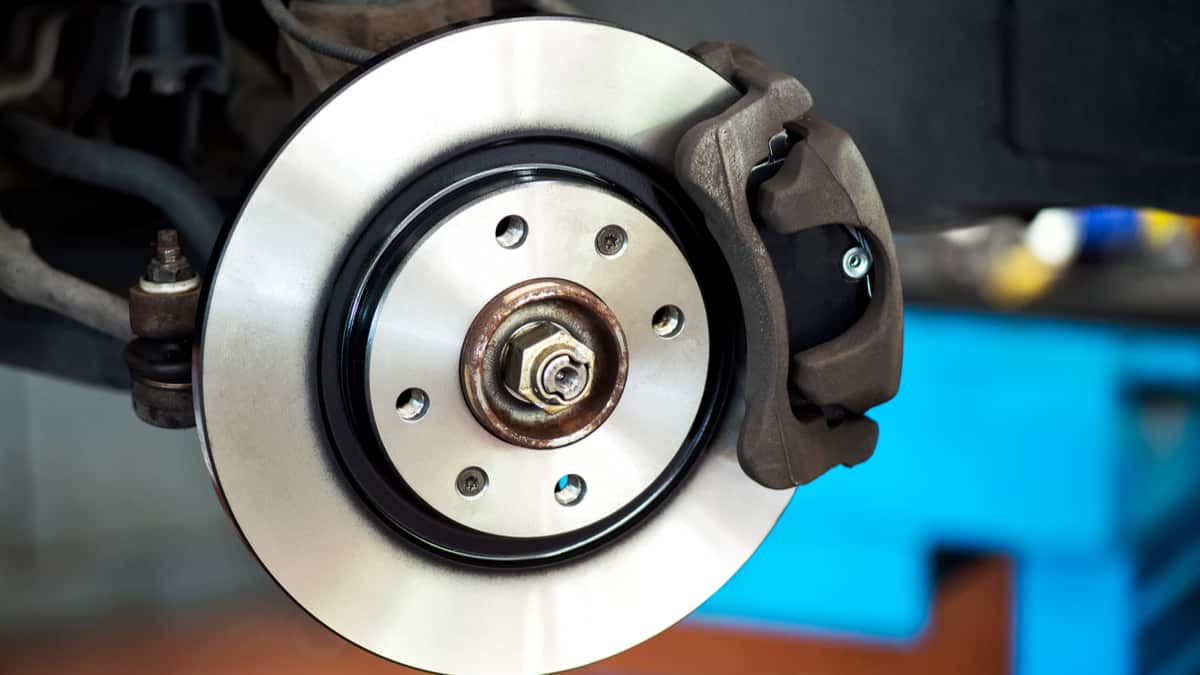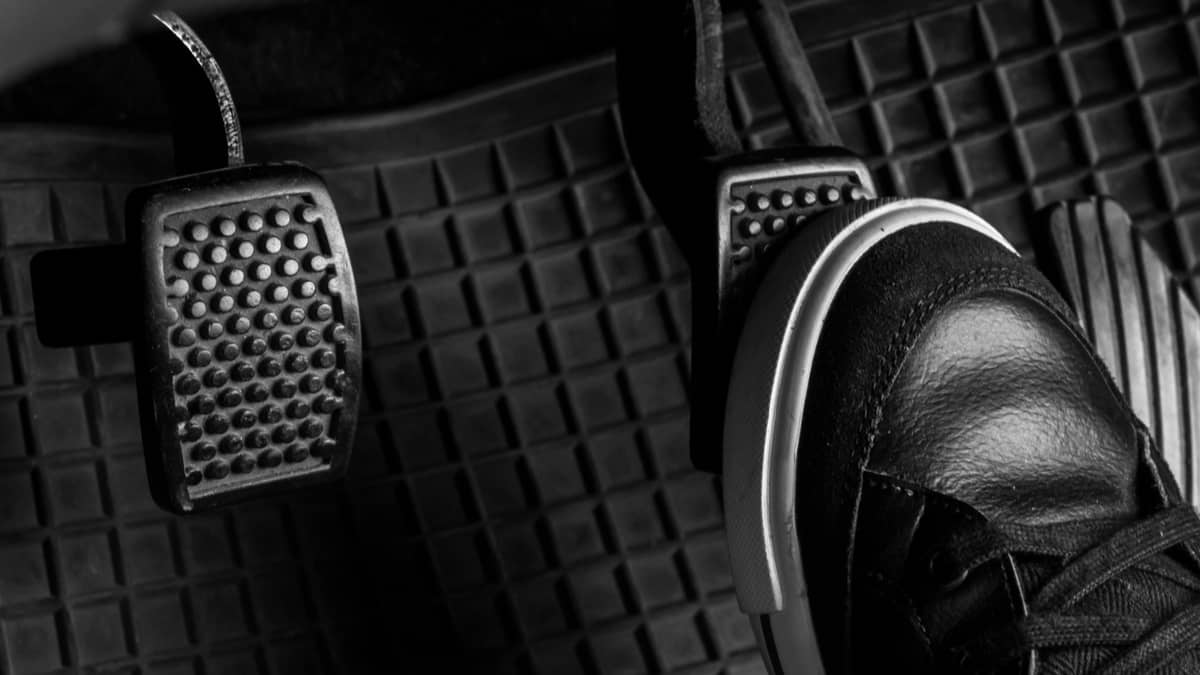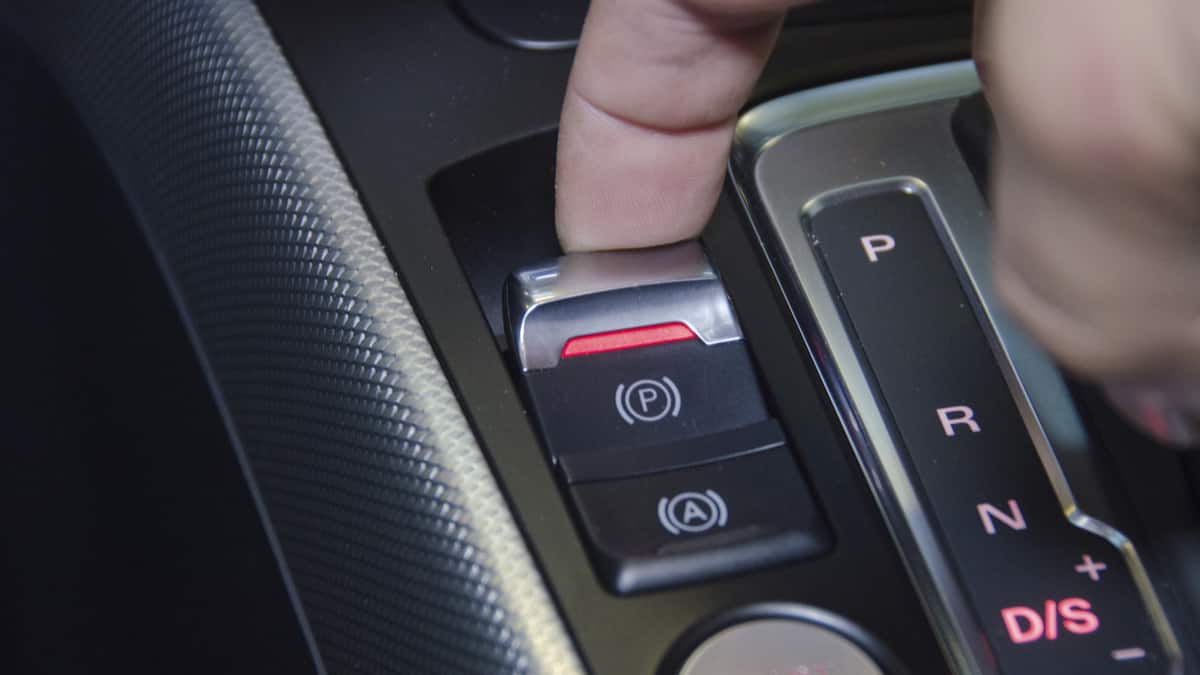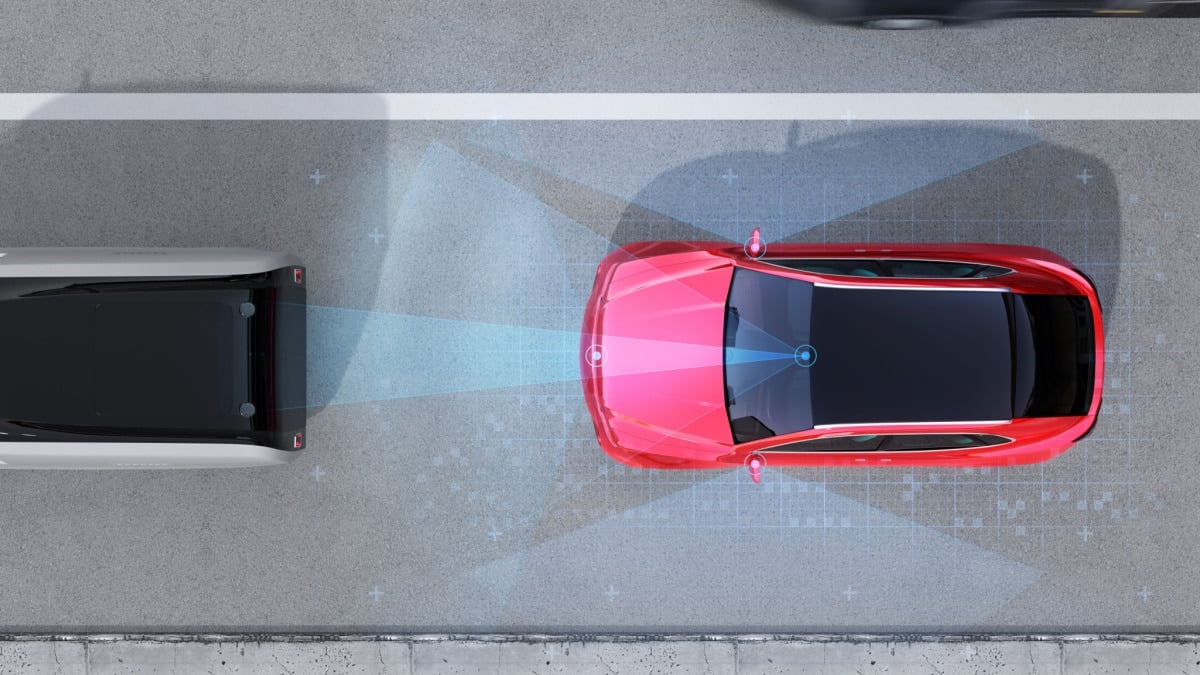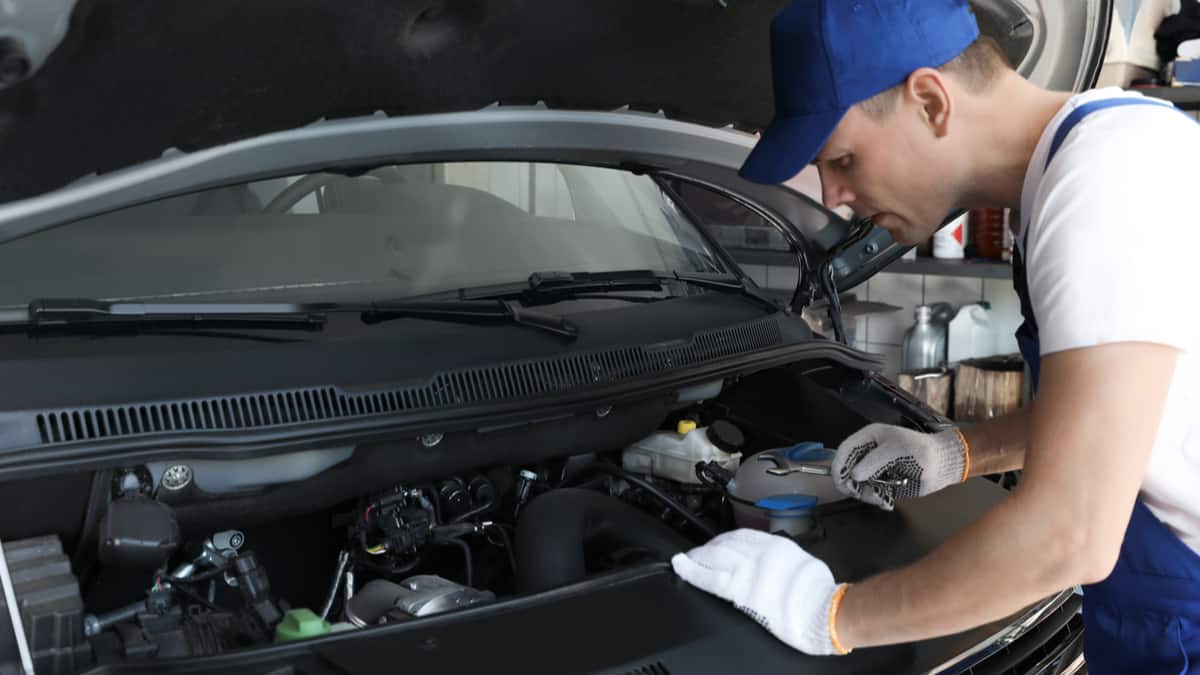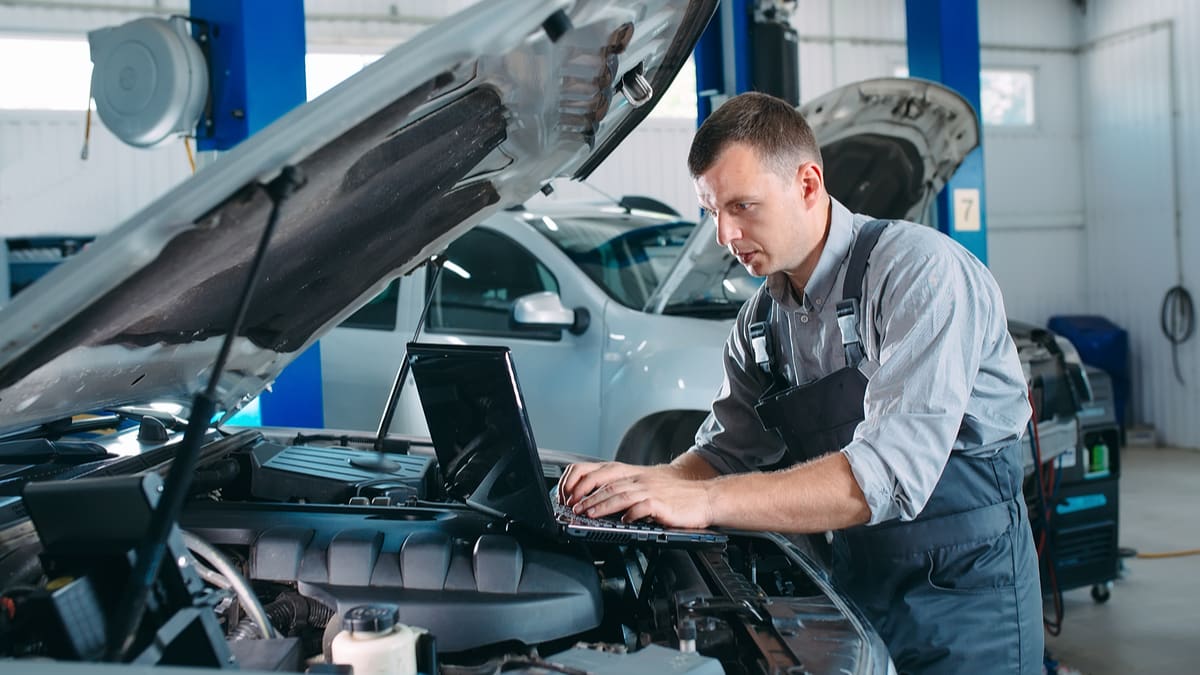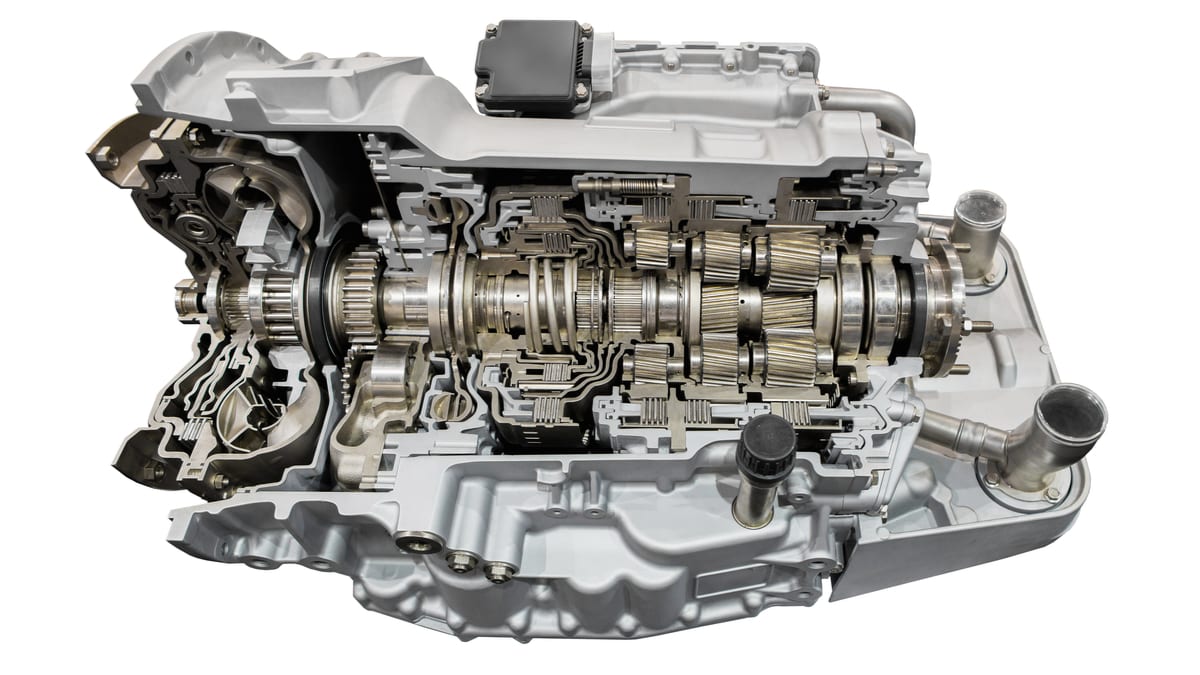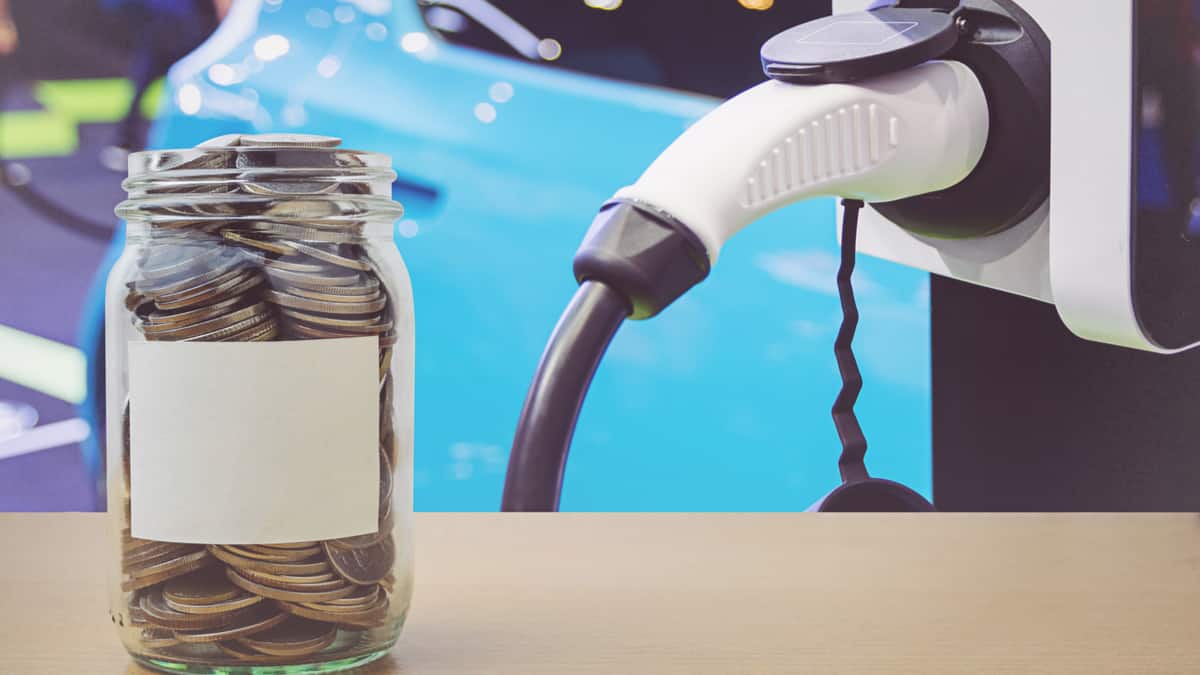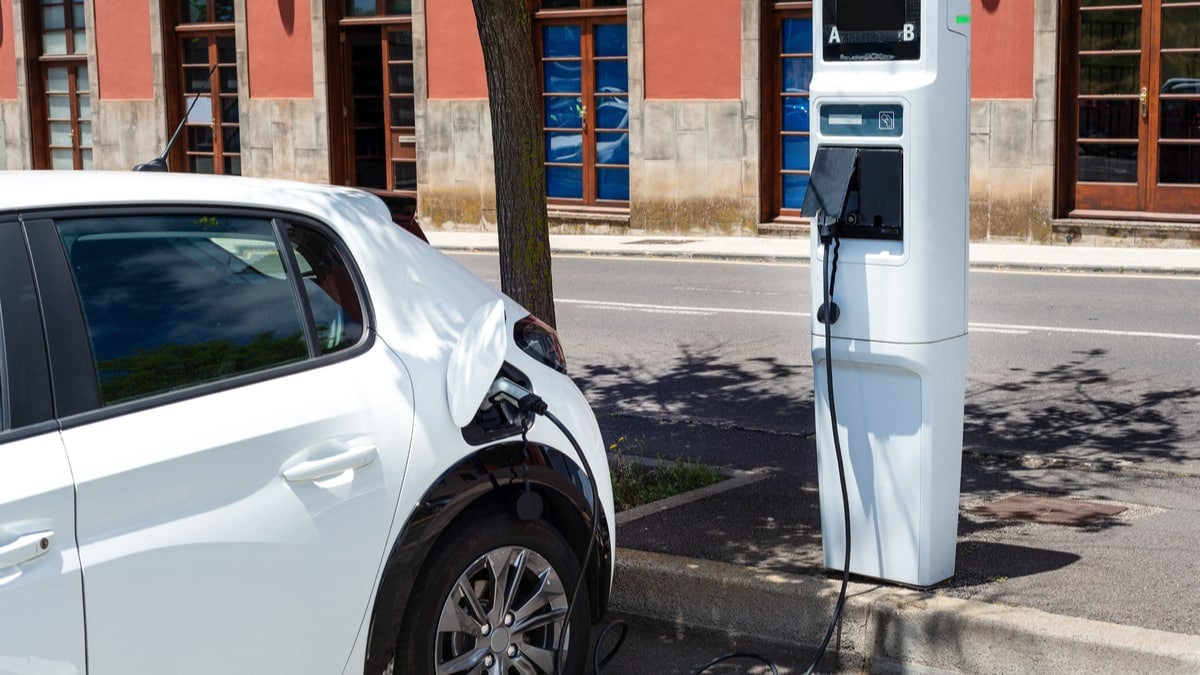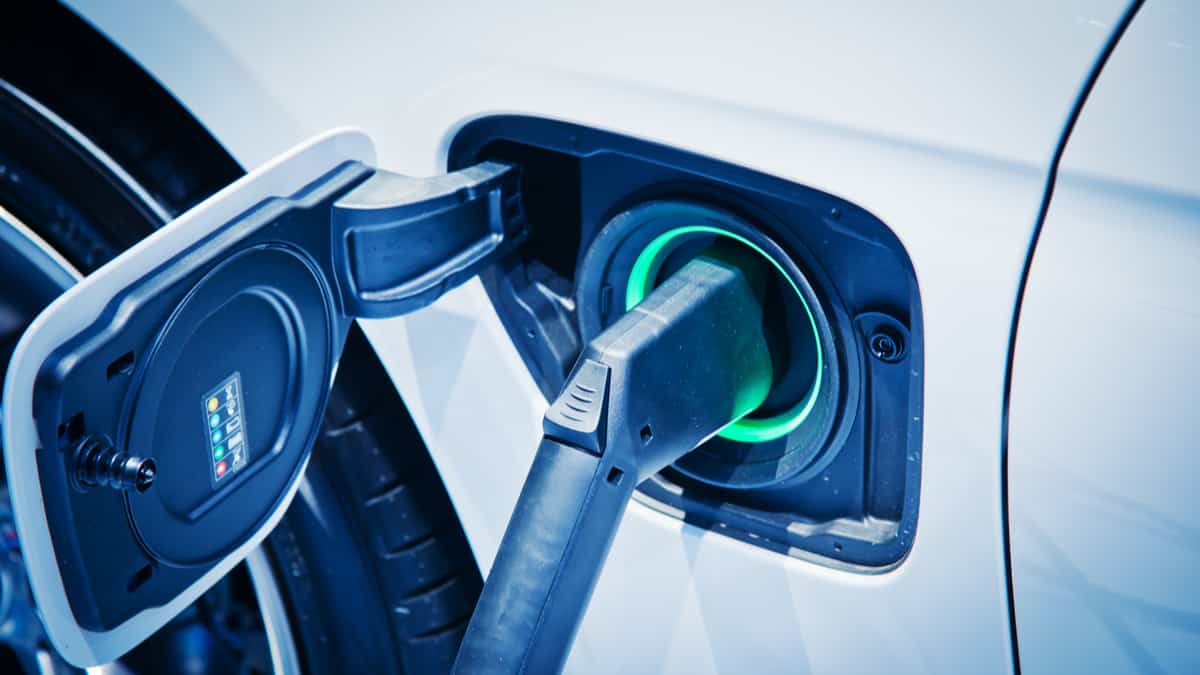Today’s newer vehicles are often equipped with an electric parking brake, making the design seamless and clutter-free. While this upgrade seems like a great advance, there have been a lot of electric parking brake problems that people have to deal with.
If you aren’t used to working with this system, read on to learn more about the most common problems with the electric parking brake. We also give you some simple fixes that might take care of the issues. Plus, there’s a section that answers your most-asked questions at the end.
What is an Electric Parking Brake?
The electric parking brake (EPB) was first installed in 2001 BMW 7 Series models. While it didn’t gain instant popularity, it did eventually become the new standard in some modern vehicles.
The EPB activates when the driver holds down a button inside the car. The brake pads electrically apply to the rear wheels with the help of the actuator motors and the electronic control unit (ECU).
There are some plus sides and downsides to this modern system.
Electronic Handbrake Pros
- Don’t need to physically activate the brake
- Takes up less room in the car
- More appealing look
- Many disengage automatically when driving
- Many automatically apply when parking the car.
Electronic Handbrake Cons
- More expensive to repair
- Can’t use it to drift
- Less mental reassurance that the car is secure
Common Electric Parking Brake Problems
Most often, the electric caliper piston motors are stuck or damaged. There could also be an electric parking brake button malfunction or wiring issues. Low battery voltage can also cause problems, as well as when the system isn’t reset or programmed properly.
Read through these possibilities to see what you are dealing with.
1. Stuck or Damaged Electric Caliper Piston Motors
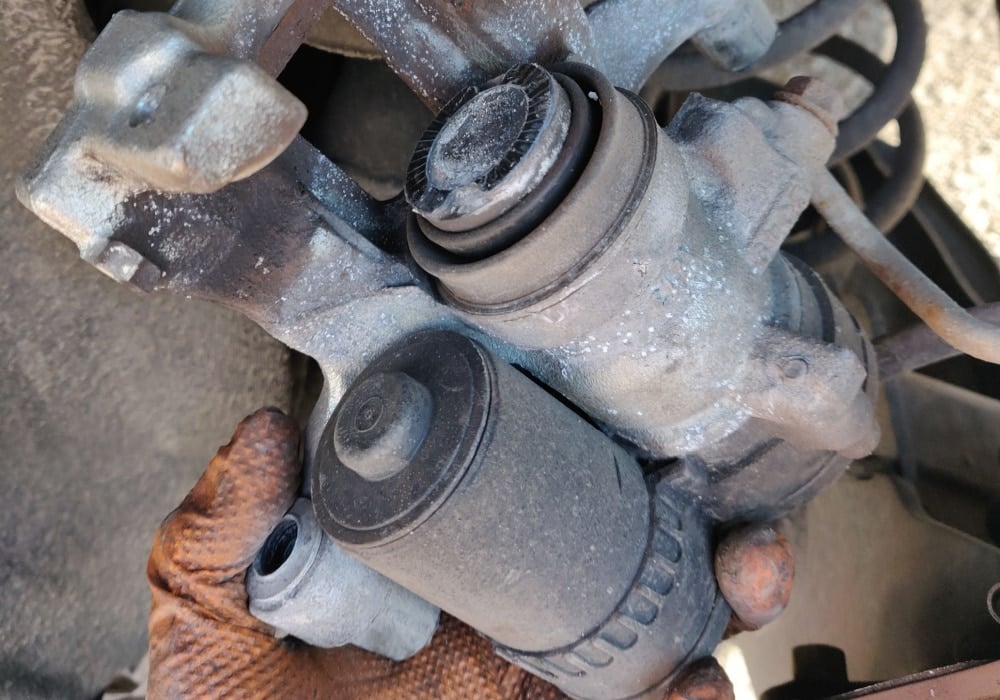
When the electric parking brake was first released, a single electric motor was used to tug on the standard parking brake cables, which engaged the rear brakes. However, there was still a problem with seized cables, so newer technology shifted to brake actuator motors instead.
These actuators contain a single-speed reversible motor that’s mounted directly to the rear brake calipers. These motors require regular service, but even with proper care, they can get stuck or damaged. If that happens, the brake may not engage or disengage.
2. Electric Parking Brake Button Malfunction
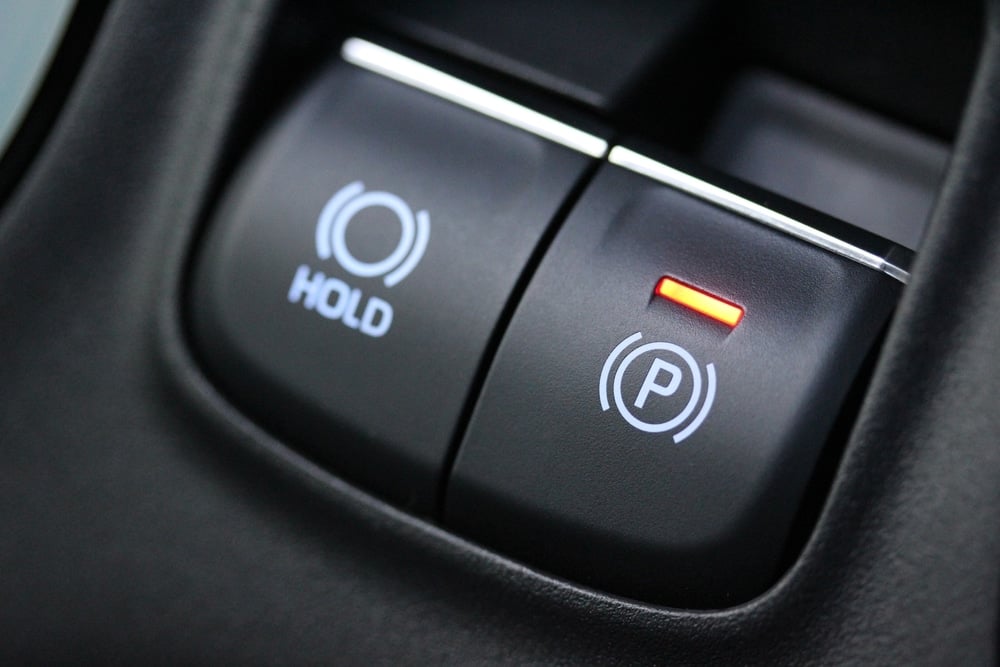
To engage the electric parking brake, you simply push a button on the console. If dirt or debris gets into the button, it could cause it to stick and malfunction. The same is true if you spill drinks on the console and liquid gets into the button.
Sometimes, you can clean the button up to get it working again. If the situation is severe, you may be looking at a replacement.
3. Wiring Issues
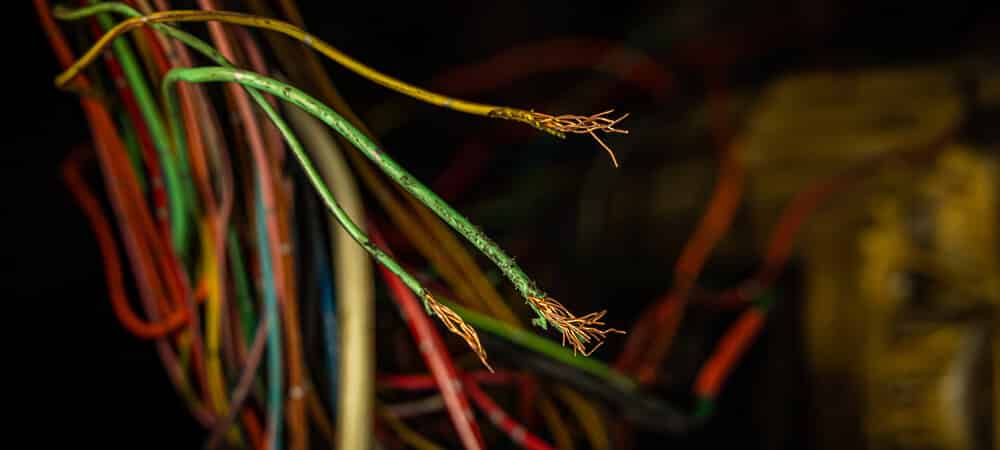
The parking brake button is connected to the brake system through a series of wires and connectors. As with any electrical connection, wires can become damaged and connectors can break. Dirt and debris can also cause trouble with the connections.
Most of the wiring can be found in the center console, making it easy to inspect. However, you should always be careful when dealing with electrical systems if you aren’t sure what you are working with.
4. Low Battery Voltage
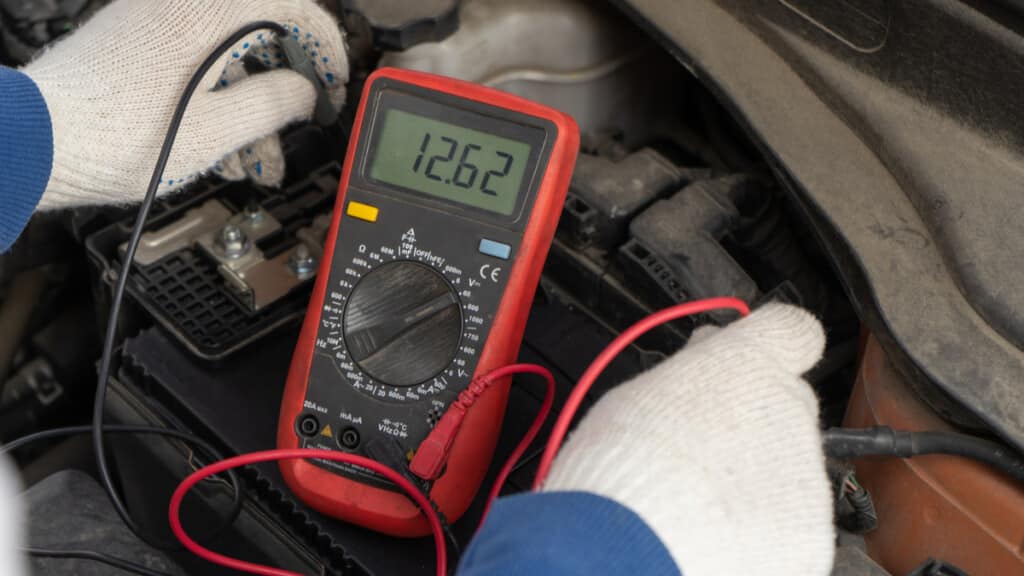
The electric parking brake needs power to run. If the car battery dies or is only producing a minimal amount of voltage, you may not be able to disengage the brake.
This has been a common issue for people that need to move the car to jump-start it. The brake gets stuck, making it impossible to push the car at all. In some vehicles, a manual release system has been added to override this problem.
5. System Not Reset Or Programmed Properly
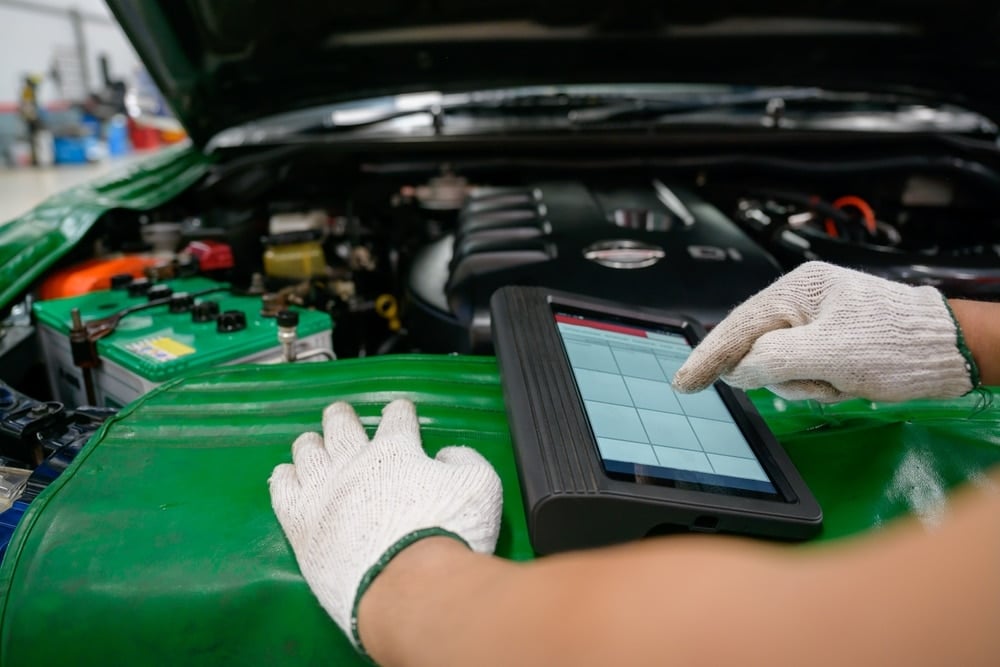
After you perform an electric brake pad replacement, you must reset the system. A compatible scanner must be used to reset the calipers.
If you fail to do this, you may have trouble engaging or disengaging the parking brake. There could also be warning lights on the dashboard.
How To Fix Electric Parking Brake Problems
If you have run into trouble with the electric parking brake, there are several ways to fix it yourself. We will outline some of the basic fixes but always recommend taking the car to a professional if you aren’t a mechanic.
1. Read Codes With A Compatible Scanner
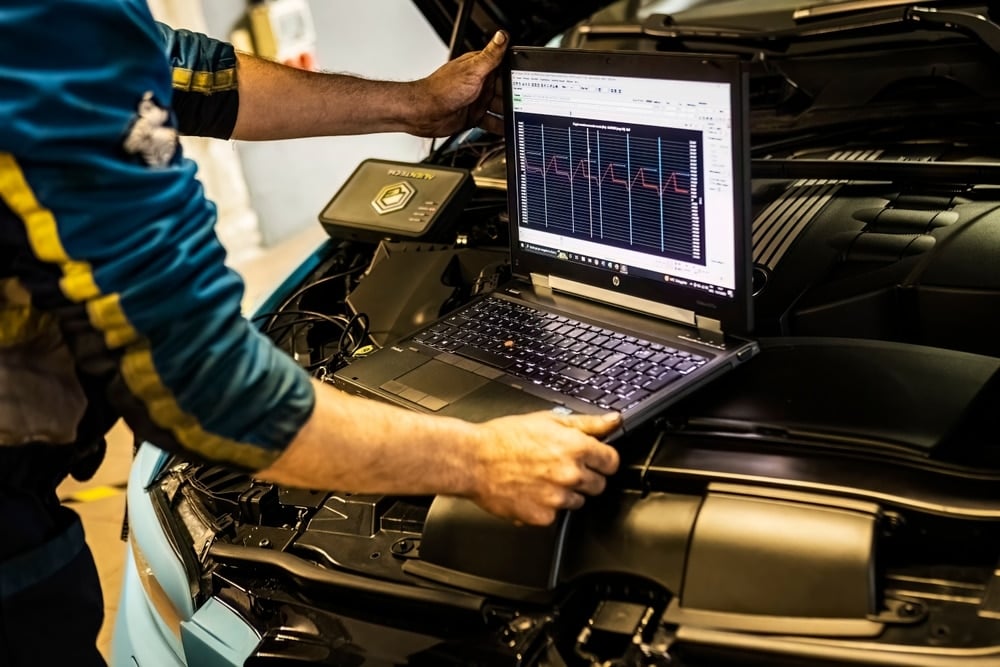
All modern cars are fitted with an OBD-II port, usually located under the steering wheel near the driver’s side door. With a compatible scan tool, you can read any trouble codes that are set in the computer.
If a brake-related code has been set, you may be able to decipher it and fix the problem. Our comprehensive trouble code library has many of the most popular DTCs explained if you need more assistance.
2. Clean/Replace the Parking Brake Switch
If you think the switch is to blame, you want to clean it up thoroughly. Try to get a clean rag in the crevices of the switch and remove any debris. You can also use a can of compressed air to try and dislodge anything that might be stuck.
If the switch still isn’t working after cleaning it, there could be an issue with the wiring, connectors or fuses. Remove the cover on the console and visually inspect all of the electronics. If you notice anything broken or damaged, you should replace it now.
3. Inspect Brake Caliper Motors

The next step is to inspect the brake caliper actuator motors. This isn’t a job that’s geared toward just any mechanic, as many older technicians aren’t used to the newer electronic systems.
If you choose to do this yourself, we highly recommend reading through the service manual for your car. You should also be able to find some in-depth diagrams and schematics for the system that will make the job easier.
4. Measure the Voltage to the Electric Caliper Motors
Before we offer steps showing how to do this, we also need to tell you that our guidance should never supersede that of the manufacturer’s recommendations. If your service manual tells you to do something different, follow those instructions instead.
If you don’t have instructions, here are some guidelines to help you.
- Set your multimeter to DC (direct current).
- Place the leads on both ends of the main wiring harness.
- The reading should be minimal, ideally zero.
- Have a friend start the engine and set the parking brake.
- If the voltage reads 10 to 12 volts, there’s enough power for the actuator.
- If there’s no voltage or it’s lower than ten, you should check the fuse or wiring.
- You can also test the actuator solenoid winding for continuity. Start with a self-test by connecting the leads together. It should result in 0 ohms.
- If the self-test works, place the leads on both ends of the connector.
- If it beeps, the actuator winding is good, the problem may be the switch instead.
- If it doesn’t beep, replace the actuator solenoid.
5. Reset Codes and Relearn With the Scanner
Whether you’ve recently changed the back brakes or you’ve made changes to the system, you will need to update the system with a compatible scanner. If there are brake warning lights on, use your code scanner to turn them off.
Your advanced scanner should also be able to start the relearning process. If it doesn’t, you may want to upgrade to something more professional or move on to our next step.
6. Contact A Professional
No one can expect you to understand the ins and outs of the electric parking brake system. This is a newer design and something that even old-school professional mechanics are struggling to learn. If you feel overwhelmed at any time or don’t have the tools to complete the job, reach out to a local mechanic for more support.
To find a reliable mechanic, we recommend reading online reviews. It also helps to check with co-workers, family and friends to see who they use. Before you get any work done, make sure you ask for a detailed estimate showing the cost of parts and labor.
Can you drive with an electric parking brake problem?
If the electric parking brake is engaged, you don’t want to drive anywhere. You can damage the back brakes and cause significant wear to the vehicle. However, if the parking brake doesn’t engage, you won’t have any trouble driving. You just won’t be able to apply the brake once you’ve parked.
How much does it cost to fix an electric parking brake problem?
It depends on what is wrong and the fix that goes with it. For example, if you only need to clean up the switch to get it less sticky, you can do that at home for a minimal amount of money. On the other hand, if the actuator motors have failed, you could be looking at $35 to $500 for the parts alone, plus the cost of labor.
Why is my electronic parking brake not holding?
It’s possible that the system has experienced a mechanical failure that needs to be resolved. There could also be a problem with your rear brakes that are keeping the vehicle from being secured. A complete inspection is necessary to determine what the problem is, so it can be fixed.
What happens when the electronic parking brake fails?
If the electronic parking brake fails, it may not secure the vehicle, especially when parked on a steep incline. There’s also the chance that the electronic parking brake won’t disengage, making it difficult to move the vehicle at all. Either way, it’s important to have a professional diagnose the system.
Can you manually release an electronic parking brake?
Some vehicles have a setup to manually release the electronic parking brake. If there’s no button, you can also release the parking brake from the rear calipers by getting underneath the vehicle. This is a hassle and something that’s not recommended unless you know what you are working with.
If your car has an electric parking brake, you know that it can be a good thing or bad, depending on the day. When everything is working as it should, the brake is easy to use and provides a nice-looking cabin for you to enjoy. However, the second there are problems, you face hours of diagnosis and sometimes a costly repair bill.
If your brake isn’t working right, it’s best to have it repaired right away. With some basic mechanical skills, you should be able to figure out the system on your own. Otherwise, you should have a professional take a look for a quick repair.
Categories: Brakes, Troubleshooting
